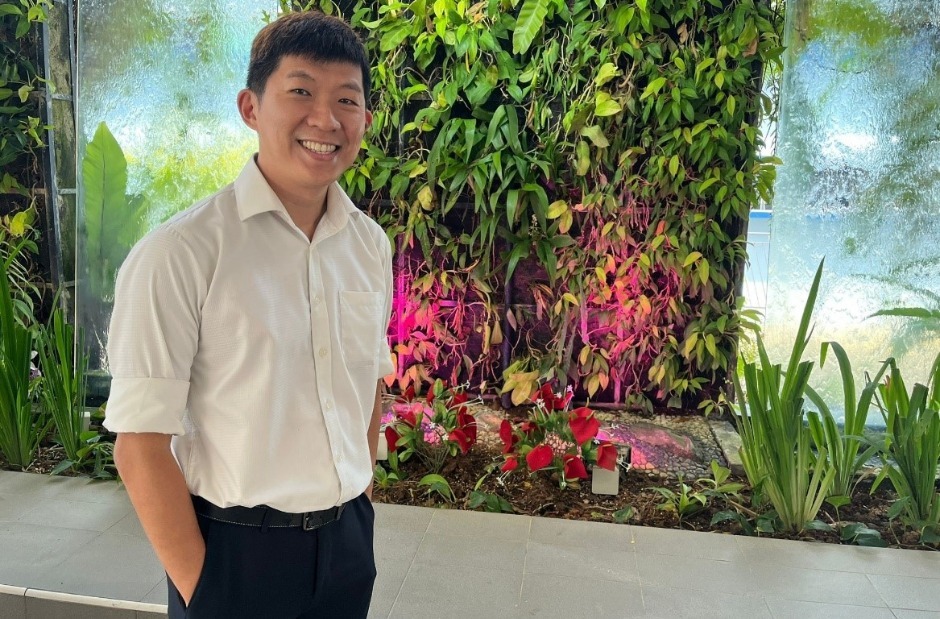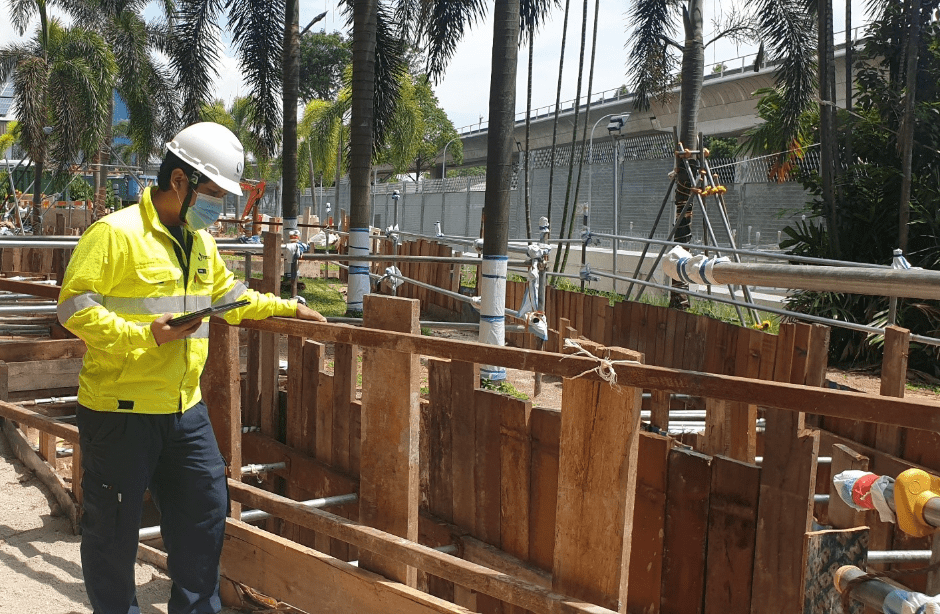Riding High and Thinking Fast with Mathematical Modelling
28 Jul 2011
The plot is almost always identical. A crime has been committed. The scene then switches to an office, where mathematician Charlie Eppes is frantically scribbling complex equations on a board. The resulting numbers reveal a solution that will help Eppes’ fellow detectives trace and apprehend the bad guys.
In the hardboiled world of the TV series ‘Numb3rs’, the cops chart a 100% hit rate. In the real world, success is less assured, but there’s no doubt that mathematics has the power to pave the way to better solutions. United by this notion, 111 students from 21 schools took part in the first Singapore Mathematical Modelling Forum & Challenge, which weaved the magic of numbers into everyday dilemmas and even introduced a mathematical dimension to the Universal Studios Singapore theme park.
Making sense of mathematical modelling

Experiencing the ride provided an estimate of its velocity and height, information which would be used to develop a helpful mathematical model.
Co-organised by Ngee Ann Secondary School and Raffles Girls’ School (Secondary), the Forum took place from 5-8 July and introduced students of different abilities and backgrounds to mathematical modelling. This refers to a systematic way of translating common problems in the real world into mathematical representations called models. The model, which can be a concrete representation, a mathematical equation, a graph or a table of values, provides a useful tool for explaining events, experimenting with new parameters and for making predictions.
“Not many Singapore schools are aware of mathematical modelling, so we thought it would be a good idea to organise such an event,” said Mr Adrian Lim, Principal of Ngee Ann Secondary School. Mr Lim explained that both organising schools wanted to share the knowledge they had gained from various editions of the Gold Coast Mathematical Modelling Challenge organised by AB Paterson College in Brisbane, Australia.
From classroom theory to a thrilling ride

The students experimented with different designs to identify the safest features for the most thrilling water slide.
To demonstrate the effectiveness of mathematical modelling in the real world, the Forum led the students from the classroom to the sprawling complex of Universal Studios Singapore at Resorts World Sentosa. Armed with worksheets and split into teams of four or five, the students were tasked to collect various sets of data and solve a number of problems.
One mission even entailed a ride in the theme park’s signature Battlestar Galactica roller coaster “to experience the speed” and to take measurements, recounted Eric Lai, a Secondary 2 student from Westwood Secondary School. Eric explained that according to one scenario in the worksheet, riders believed they had reached a speed of 90km/h and were propelled 14 storeys into the air. His team had to answer the seemingly simple question: “Do you think this is possible?” Other teams applied similar questions to the park’s other rides such as Water World and Jurassic Park Rapids. Even queuing became an area for inquiry as the students were asked to derive a model that could estimate the waiting time for each ride.
Helping to keep each team on time and on track were student-facilitators from the two organising schools. It was an opportunity to make new friends as well as hone their communication and social skills. “I tried to provide my group with a sense of direction by constantly questioning them,” shared Ong Jie Ni Dorette, a Sec 3 student-facilitator from Raffles Girls’ School. “The experience was very satisfying and I bonded really well with my group.”
Solving problems through Maths

Each team had to explain and rigorously defend their choices, as well as answer questions from their peers. Reflection is an important part of mathematical modelling.
A final challenge awaited the students on the last day, when they were handed the task of measuring the thrill factor of either a water slide or a bungee jump, and designing an experience that was high on both the safety and thrill quotients. By then, they were old hands at mathematical modelling and leapt to work with gusto, going through each step of the process with methodical detail to generate models that would work with clockwork precision.
Fresh from the experience, Sim Keng Kiat, a Sec 2 student from Westwood Secondary School, declared, “We learnt that very often, the simplest way to solve problems is also the clearest – such skills are useful during examinations.” His schoolmate, Crljen Tan Yong Ming, added, “As we also learnt to come up with various solutions to a problem, we can now design alternative solutions when we are stuck with an issue.”

Using a water-filled weighted balloon, the students designed a bungee ride high on thrills and low on threats.
For the organisers, it was gratifying to see the students learning to view Maths as a way of solving real-life problems and working out solutions collaboratively. “The scope for mathematical modelling is endless,” stated Mr Neo Guang Xian, a teacher-facilitator from Ngee Ann Secondary. “But the learning experience will make the study of mathematics more meaningful and the skills developed in the process will enable the students to handle a wide array of challenges.”


.jpg)



